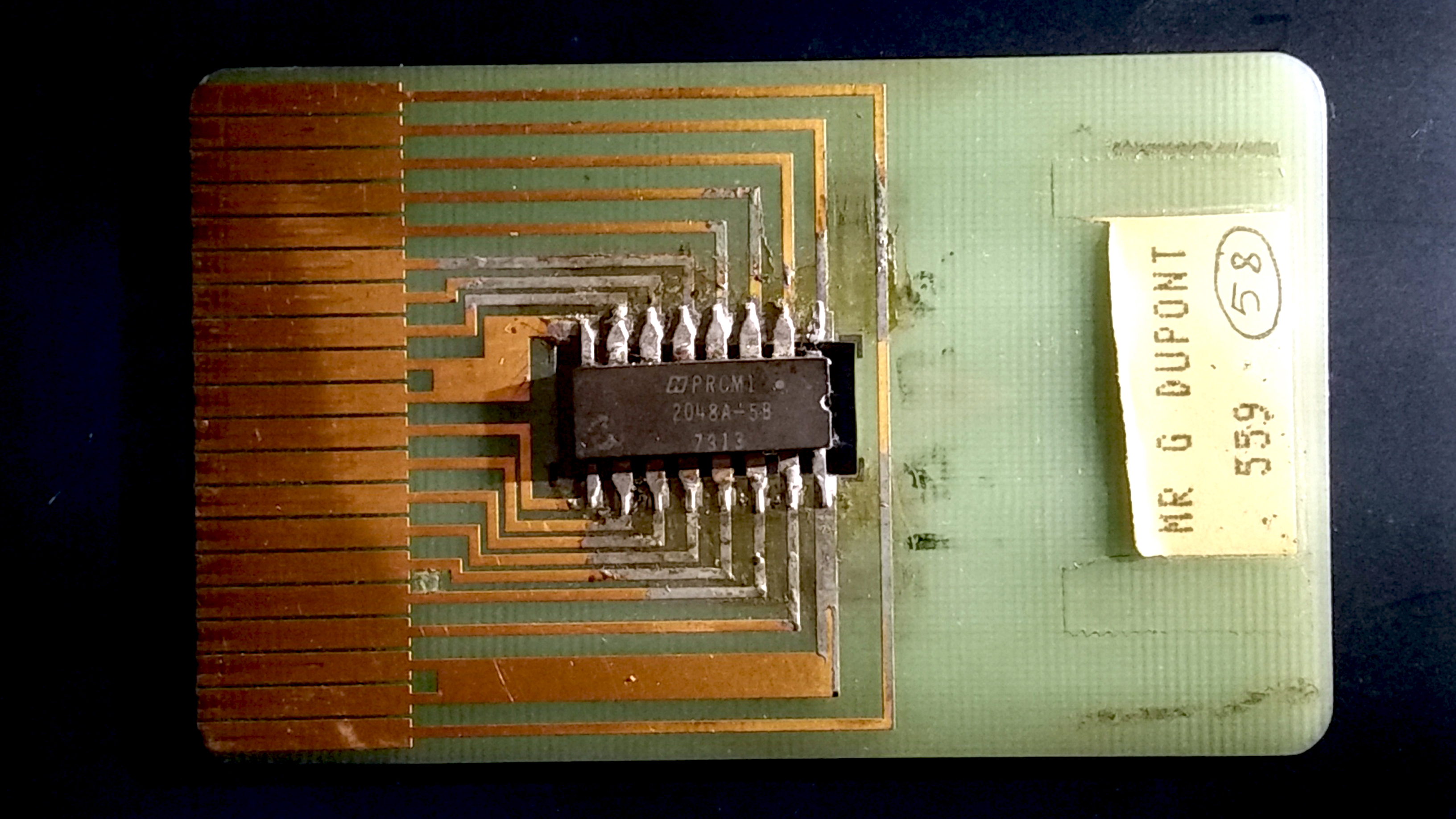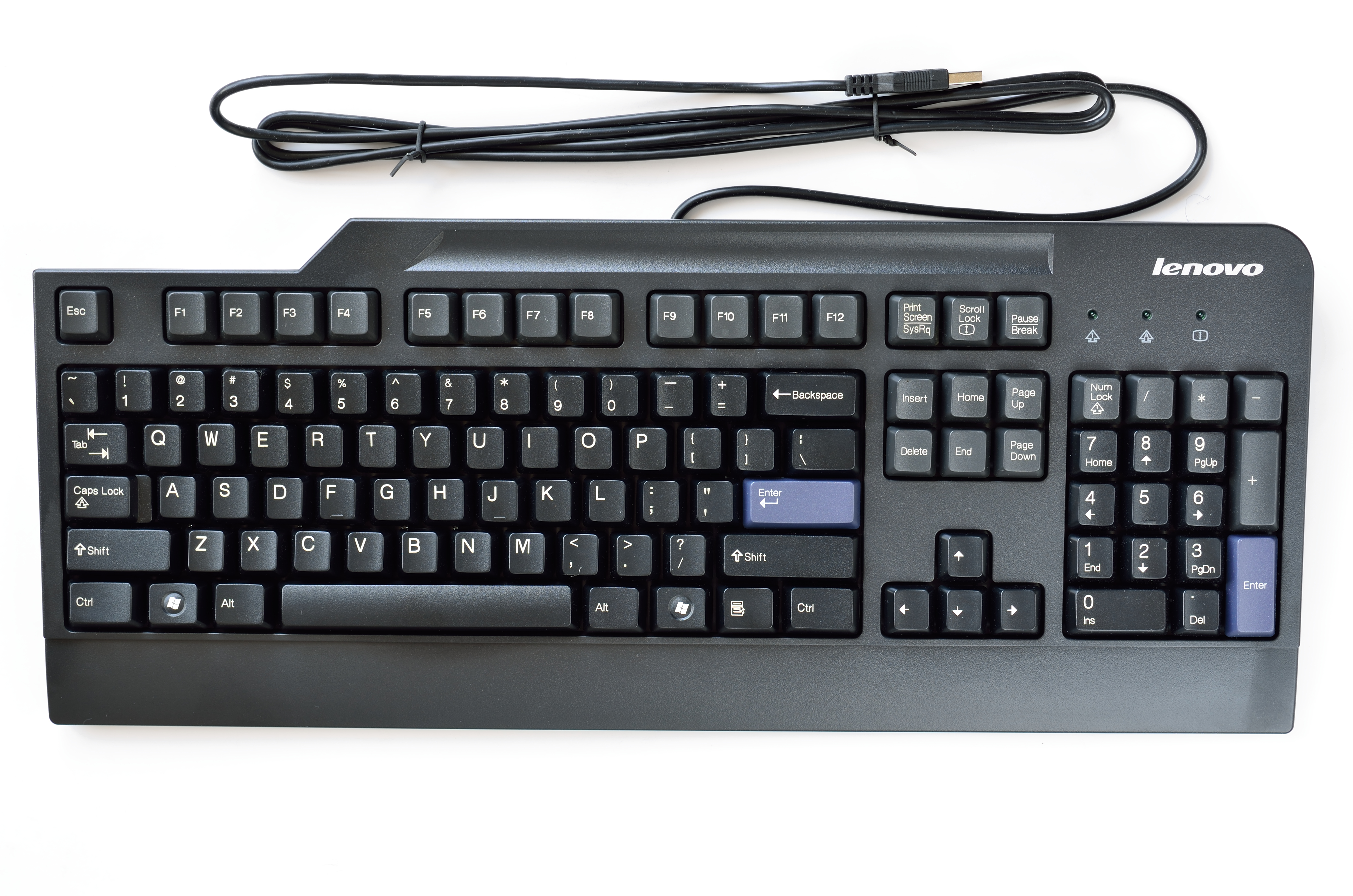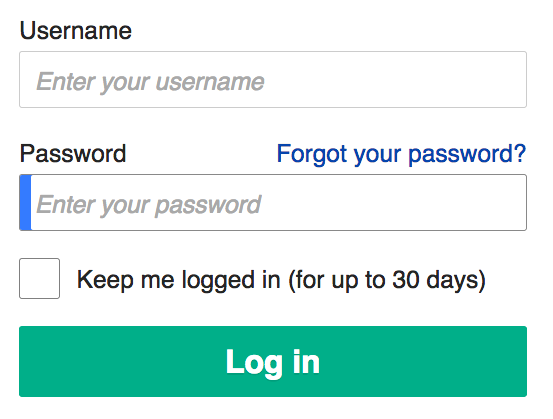|
Server-based Signatures
In cryptography, server-based signatures are digital signatures in which a publicly available server participates in the signature creation process. This is in contrast to conventional digital signatures that are based on public-key cryptography and public-key infrastructure. With that, they assume that signers use their personal trusted computing bases for generating signatures without any communication with servers. Four different classes of server based signatures have been proposed: 1. Lamport One-Time Signatures. Proposed in 1979 by Leslie Lamport. Lamport one-time signatures are based on cryptographic hash functions. For signing a message, the signer just sends a list of hash values (outputs of a hash function) to a publishing server and therefore the signature process is very fast, though the size of the signature is many times larger, compared to ordinary public-key signature schemes. 2. On-line/off-line Digital Signatures. First proposed in 1989 by Even, Goldreich an ... [...More Info...] [...Related Items...] OR: [Wikipedia] [Google] [Baidu] |
Cryptography
Cryptography, or cryptology (from "hidden, secret"; and ''graphein'', "to write", or ''-logy, -logia'', "study", respectively), is the practice and study of techniques for secure communication in the presence of Adversary (cryptography), adversarial behavior. More generally, cryptography is about constructing and analyzing Communication protocol, protocols that prevent third parties or the public from reading private messages. Modern cryptography exists at the intersection of the disciplines of mathematics, computer science, information security, electrical engineering, digital signal processing, physics, and others. Core concepts related to information security (confidentiality, data confidentiality, data integrity, authentication, and non-repudiation) are also central to cryptography. Practical applications of cryptography include electronic commerce, Smart card#EMV, chip-based payment cards, digital currencies, password, computer passwords, and military communications. ... [...More Info...] [...Related Items...] OR: [Wikipedia] [Google] [Baidu] |
RSA Cryptosystem
The RSA (Rivest–Shamir–Adleman) cryptosystem is a public-key cryptosystem, one of the oldest widely used for secure data transmission. The initialism "RSA" comes from the surnames of Ron Rivest, Adi Shamir and Leonard Adleman, who publicly described the algorithm in 1977. An equivalent system was developed secretly in 1973 at Government Communications Headquarters (GCHQ), the British signals intelligence agency, by the English mathematician Clifford Cocks. That system was declassified in 1997. In a public-key cryptosystem, the encryption key is public and distinct from the decryption key, which is kept secret (private). An RSA user creates and publishes a public key based on two large prime numbers, along with an auxiliary value. The prime numbers are kept secret. Messages can be encrypted by anyone via the public key, but can only be decrypted by someone who knows the private key. The security of RSA relies on the practical difficulty of factoring the product of two lar ... [...More Info...] [...Related Items...] OR: [Wikipedia] [Google] [Baidu] |
Smart-card
A smart card (SC), chip card, or integrated circuit card (ICC or IC card), is a card used to control access to a resource. It is typically a plastic credit card-sized card with an embedded integrated circuit (IC) chip. Many smart cards include a pattern of metal contacts to electrically connect to the internal chip. Others are contactless, and some are both. Smart cards can provide personal identification, authentication, data storage, and application processing. Applications include identification, financial, public transit, computer security, schools, and healthcare. Smart cards may provide strong security authentication for single sign-on (SSO) within organizations. Numerous nations have deployed smart cards throughout their populations. The universal integrated circuit card (UICC) for mobile phones, installed as pluggable SIM card or embedded eSIM, is also a type of smart card. , 10.5billion smart card IC chips are manufactured annually, including 5.44billion SIM card IC chi ... [...More Info...] [...Related Items...] OR: [Wikipedia] [Google] [Baidu] |
Computer
A computer is a machine that can be Computer programming, programmed to automatically Execution (computing), carry out sequences of arithmetic or logical operations (''computation''). Modern digital electronic computers can perform generic sets of operations known as Computer program, ''programs'', which enable computers to perform a wide range of tasks. The term computer system may refer to a nominally complete computer that includes the Computer hardware, hardware, operating system, software, and peripheral equipment needed and used for full operation; or to a group of computers that are linked and function together, such as a computer network or computer cluster. A broad range of Programmable logic controller, industrial and Consumer electronics, consumer products use computers as control systems, including simple special-purpose devices like microwave ovens and remote controls, and factory devices like industrial robots. Computers are at the core of general-purpose devices ... [...More Info...] [...Related Items...] OR: [Wikipedia] [Google] [Baidu] |
Computer File
A computer file is a System resource, resource for recording Data (computing), data on a Computer data storage, computer storage device, primarily identified by its filename. Just as words can be written on paper, so too can data be written to a computer file. Files can be shared with and transferred between computers and Mobile device, mobile devices via removable media, Computer networks, networks, or the Internet. Different File format, types of computer files are designed for different purposes. A file may be designed to store a written message, a document, a spreadsheet, an Digital image, image, a Digital video, video, a computer program, program, or any wide variety of other kinds of data. Certain files can store multiple data types at once. By using computer programs, a person can open, read, change, save, and close a computer file. Computer files may be reopened, modified, and file copying, copied an arbitrary number of times. Files are typically organized in a file syst ... [...More Info...] [...Related Items...] OR: [Wikipedia] [Google] [Baidu] |
Keyboard (computing)
A computer keyboard is a built-in or peripheral input device modeled after the typewriter keyboard which uses an arrangement of buttons or Push-button, keys to act as Mechanical keyboard, mechanical levers or Electronic switching system, electronic switches. Replacing early punched cards and paper tape technology, interaction via teleprinter-style keyboards have been the main input device, input method for computers since the 1970s, supplemented by the computer mouse since the 1980s, and the touchscreen since the 2000s. Keyboard keys (buttons) typically have a set of characters Engraving, engraved or Printing, printed on them, and each press of a key typically corresponds to a single written symbol. However, producing some symbols may require pressing and holding several keys simultaneously or in sequence. While most keys produce character (computing), characters (Letter (alphabet), letters, Numerical digit, numbers or symbols), other keys (such as the escape key) can prompt the ... [...More Info...] [...Related Items...] OR: [Wikipedia] [Google] [Baidu] |
Biometrics
Biometrics are body measurements and calculations related to human characteristics and features. Biometric authentication (or realistic authentication) is used in computer science as a form of identification and access control. It is also used to identify individuals in groups that are under surveillance. Biometric identifiers are the distinctive, measurable characteristics used to label and describe individuals. Biometric identifiers are often categorized as physiological characteristics which are related to the shape of the body. Examples include, but are not limited to fingerprint, palm veins, face recognition, DNA, palm print, hand geometry, iris recognition, retina, odor/scent, voice, shape of ears and gait. Behavioral characteristics are related to the pattern of behavior of a person, including but not limited to mouse movement, typing rhythm, gait, signature, voice, and behavioral profiling. Some researchers have coined the term behaviometrics (behavioral biom ... [...More Info...] [...Related Items...] OR: [Wikipedia] [Google] [Baidu] |
Password
A password, sometimes called a passcode, is secret data, typically a string of characters, usually used to confirm a user's identity. Traditionally, passwords were expected to be memorized, but the large number of password-protected services that a typical individual accesses can make memorization of unique passwords for each service impractical. Using the terminology of the NIST Digital Identity Guidelines, the secret is held by a party called the ''claimant'' while the party verifying the identity of the claimant is called the ''verifier''. When the claimant successfully demonstrates knowledge of the password to the verifier through an established authentication protocol, the verifier is able to infer the claimant's identity. In general, a password is an arbitrary String (computer science), string of character (computing), characters including letters, digits, or other symbols. If the permissible characters are constrained to be numeric, the corresponding secret is sometimes ... [...More Info...] [...Related Items...] OR: [Wikipedia] [Google] [Baidu] |
Private Key
Public-key cryptography, or asymmetric cryptography, is the field of cryptographic systems that use pairs of related keys. Each key pair consists of a public key and a corresponding private key. Key pairs are generated with cryptographic algorithms based on mathematical problems termed one-way functions. Security of public-key cryptography depends on keeping the private key secret; the public key can be openly distributed without compromising security. There are many kinds of public-key cryptosystems, with different security goals, including digital signature, Diffie–Hellman key exchange, public-key key encapsulation, and public-key encryption. Public key algorithms are fundamental security primitives in modern cryptosystems, including applications and protocols that offer assurance of the confidentiality and authenticity of electronic communications and data storage. They underpin numerous Internet standards, such as Transport Layer Security (TLS), SSH, S/MIME, and P ... [...More Info...] [...Related Items...] OR: [Wikipedia] [Google] [Baidu] |
Public-key Infrastructure
A public key infrastructure (PKI) is a set of roles, policies, hardware, software and procedures needed to create, manage, distribute, use, store and revoke digital certificates and manage public-key encryption. The purpose of a PKI is to facilitate the secure electronic transfer of information for a range of network activities such as e-commerce, internet banking and confidential email. It is required for activities where simple passwords are an inadequate authentication method and more rigorous proof is required to confirm the identity of the parties involved in the communication and to validate the information being transferred. In cryptography, a PKI is an arrangement that ''binds'' public keys with respective identities of entities (like people and organizations). The binding is established through a process of registration and issuance of certificates at and by a certificate authority (CA). Depending on the assurance level of the binding, this may be carried out by an ... [...More Info...] [...Related Items...] OR: [Wikipedia] [Google] [Baidu] |
Non-repudiation
In law, non-repudiation is a situation where a statement's author cannot successfully dispute its authorship or the validity of an associated contract. The term is often seen in a legal setting when the authenticity of a signature is being challenged. In such an instance, the authenticity is being "repudiated". For example, Mallory buys a cell phone for $100, writes a paper cheque as payment, and signs the cheque with a pen. Later, she finds that she can't afford it, and claims that the cheque is a forgery. The signature guarantees that only Mallory could have signed the cheque, and so Mallory's bank must pay the cheque. This is non-repudiation; Mallory cannot repudiate the cheque. In practice, pen-and-paper signatures are not hard to forge, but digital signatures can be very hard to break. In security In general, ''non-repudiation'' involves associating actions or changes with a unique individual. For example, a secure area may use a key card access system where non-repudia ... [...More Info...] [...Related Items...] OR: [Wikipedia] [Google] [Baidu] |







